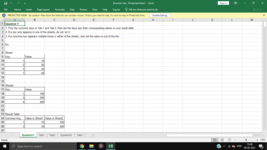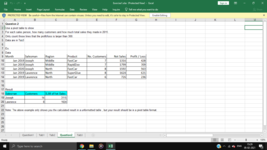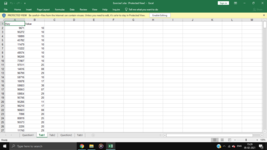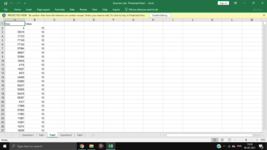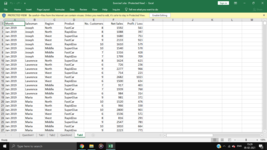robin_121
New Member
- Joined
- Feb 5, 2021
- Messages
- 4
- Office Version
- 2019
- 2016
- 2013
- 2011
- 2010
- 2007
- Platform
- Windows
I have tried solving the problem Q1 and Q2 and I am getting errors. I have attached the images with this. PS- Q1 and Q2 are the questions. Tab1, Tab2 and Tab3 is the data I have to work on. How do I got about the same? Please help me out. Thanks!

